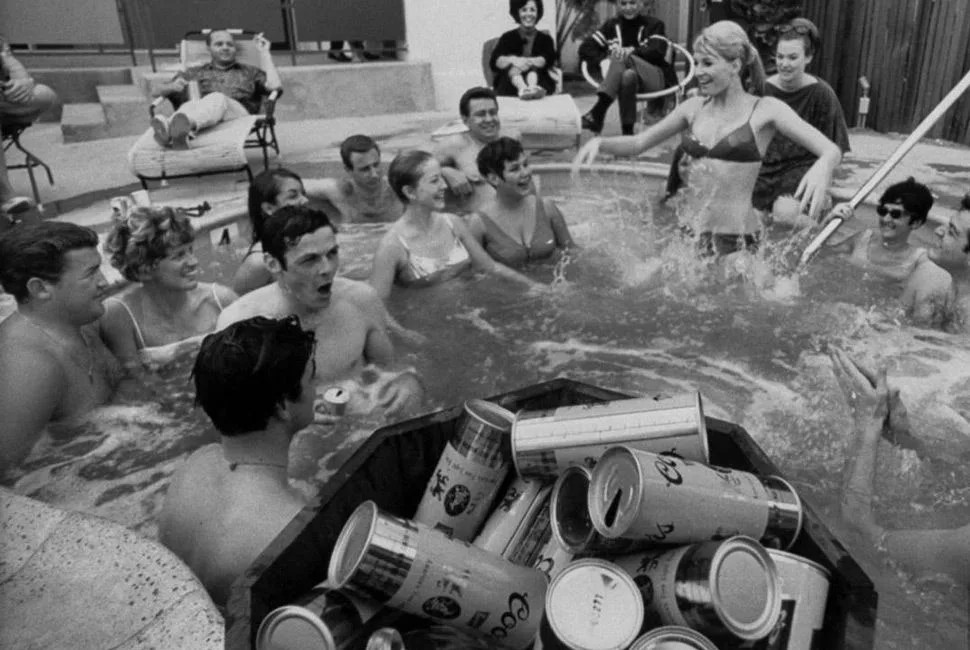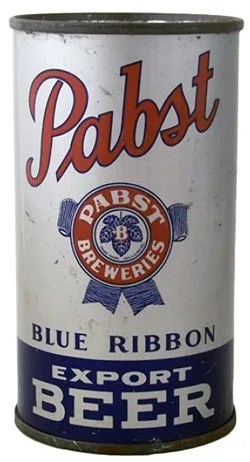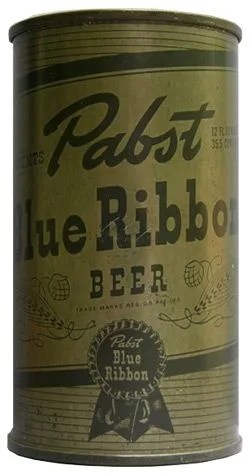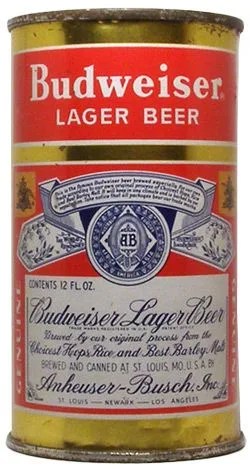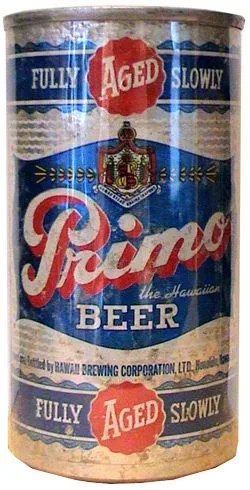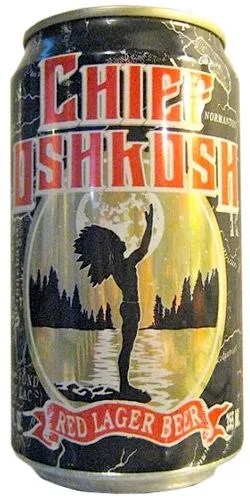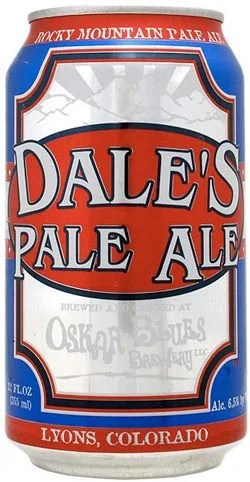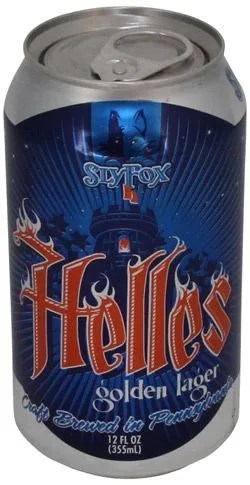The beginnings of canned beer start like a lot of other great origin stories: in 1909 Leopold Schmidt, an idealistic German immigrant living in Washington and nursing Olympia Brewing in its infancy, decides it would be pretty rad to have beer in cans. He asks the largest cannery in the US, American Can Company (CANCO) to see if it’s possible. CANCO says no. It turns out that the can technology of the time can only handle 24 to 35 psi, while the process that beer undergoes for pasteurization can generate pressures up to 80 psi (there’s also the pesky question of how to prevent the cans from ruining the beer’s taste). The next 10 years prove unfruitful, and the passing of Prohibition in 1919 doesn’t help. Undeterred by teetotalers and Andrew Volstead, CANCO keeps researching, and in 1925 Charles Stollberg files patent number 1,625,229 for a can that’s sturdy enough to hold beer. Anheuser-Busch and Pabst convince CANCO to start prototyping. CANCO eventually devises a mix of Vinylite (same stuff as the records) and enamel to keep the beer from coming in contact with the can; they settle on the suitably catchy term “Keglined”. The first beer can is sold on January 24, 1935, and the 80 following years serve to cement its status as an American icon. The following nine cans each tell the story of the beer can — but they also serve as cultural illustrations of the rapidly changing country around it.

Steel (1935-1958)
Kruger Cream Ale, 1935
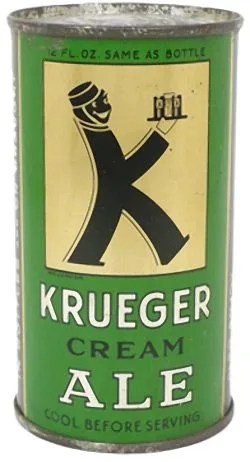
Kruger had the honor of canning the first beer ever in September of 1933, but they sent all 2,000 cans to loyal Kruger drinkers along with a survey to judge whether people would like beer in a can (91 percent said yes). The first canned beer to be sold was this Kruger Cream Ale in Richmond, Virginia.
